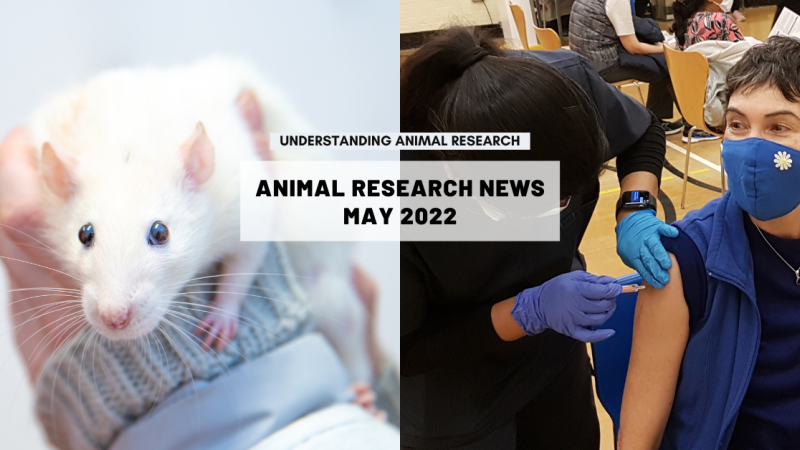Bigger brains help female fish outwit predators and live longer. Bigger brains meant smarter guppies which meant they were more likely to outwit predators and live longer. However, this didn’t seem to work for males, whose bright colours may have countered any benefit of higher intelligence. The researchers did find that large-brained males were faster swimmers and better at learning and remembering the location of females. Size is a critical trait underlying cognitive ability but it is not the only trait, and there is enormous variation in brain size of vertebrates – both relatively and absolutely. Given that brains are energetically costly this means there is an optimal brain size that balances these costs and benefits.
http://www.newscientist.com/article/dn27567-bigger-brains-help-female-fish-outwit-predators-and-live-longer.html#.VV2sYflVhBc
27/05/15
Studies in mice have suggested that telomeres, the caps at the end of each of our DNA strands, may provide a useful target for anti-cancer drugs. Since cancer cells require intact telomeres to replicate, researchers have tried blocking the growth of the protective covers at the ends of the telomeres (called shelterin). Studies in mice with an aggressive lung cancer showed that tumour growth could be prevented by using chemicals which block shelterin growth.
Maria Blasco, from the Spanish National Cancer Research Centre, said:
"First, we showed that TRF1 genetic abrogation was sufficient to stop aggressive lung cancer from growing. Second, we screened for chemical compounds that were able to achieve TRF1 targeting in vivo and show efficiency en decreasing the growth of these tumors without showing loss of mouse or organ viability."
http://www.alnmag.com/…/telomere-drug-target-slows-tumor-gr…
Fish are proving themselves smarter than many scientists have given them credit for. In 1998 Bshary observed a grouper fish and a giant moray eel cooperating to hunt. Bshary created artificial reefs and found many the behaviours he spotted in the wild could be repeated in laboratory conditions.
“In one experiment, he showed that when cleaners work in male and female pairs, as frequently happens in the wild, they are much less likely to cheat than when they work alone; and that this is mostly because the female gets punished by being chased around by the male if she slacks off.”
http://www.nature.com/news/animal-behaviour-inside-the-cunning-caring-and-greedy-minds-of-fish-1.17614
28/05/15
Having children can permanently affect the female brain. The surge in female sex hormones during pregnancy can influence the development of key parts of the central nervous system. The research on rats looked at 2 of the oestrogen hormones used to treat the symptoms of menopausal women and found that they had a complex effect depending on the age of the women and whether they had previously given birth. The surge in oestrogen hormones during pregnancy can influence the plasticity of nerve cells in the hippocampus, the area in the brain responsible for memory and spatial awareness.
Mice in space develop thin skin. The mice stayed an equivalent of 7 ‘human years’ in space and scientists found these ‘astromice’ had thinner skin than mice that had stayed on the ground, as well as changes to their muscles and hair. Astronauts tend to experience increased skin irritation and find that minor wounds, such as scratches and abrasions, take longer to heal.
http://www.bbc.co.uk/news/science-environment-32886001
29/05/15
A mystery diseases is killing off the saiga antelopes. Around 120,000 saiga antelopes, almost half of the world’s remaining population have been killed and we don’t know why. The animals began dying from an unidentified cause around may 10.
"It's very dramatic and traumatic, with 100 per cent mortality," said Richard Kock of the Royal Veterinary College in Hatfield. "I know of no example in history with this level of mortality, killing all the animals and all the calves." The animals die through severe diarrhoea and difficulty breathing.
Last edited: 6 April 2022 08:05



